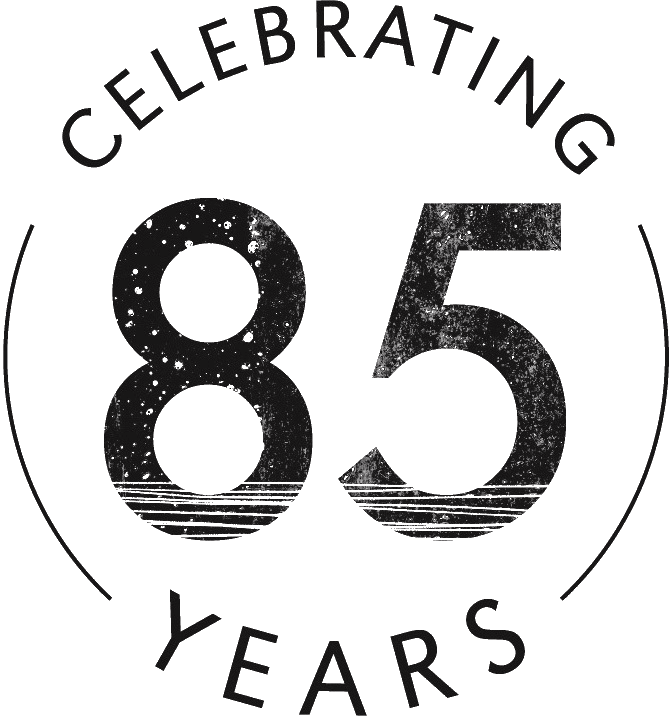This website uses cookies so that we can provide you with the best user experience possible. Cookie information is stored in your browser and performs functions such as recognising you when you return to our website and helping our team to understand which sections of the website you find most interesting and useful.
Course details
Learn to embrace the fundamentals of en plein air painting on this three-day course teaching you the essentials of building an outdoor painting practice.
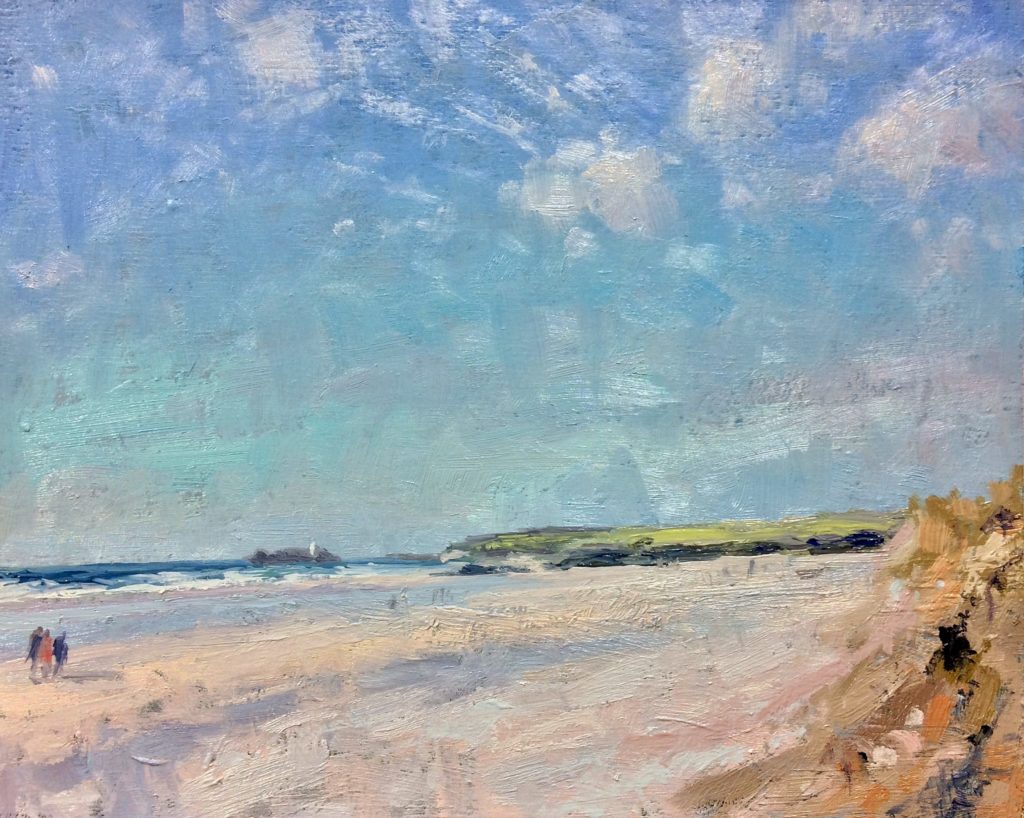
Ever wanted to paint outdoors but didn’t know where to start? Join artist Andrew Barrowman as he shows you how painting outside can add a new depth of expression to capturing the landscape. Working with the elements, paint in a more intuitive and fast-paced way and see how to add light and luminosity to your paintings.
Translated as ‘open air’ from French,en plein air painting was popularised in the 1800s by the Impressionists. Traditionally, painters would work from their studios, using paints made by grinding and mixing dry pigment powders with linseed oil. With the introduction of paints in tubes in the 1870s, painting outside became a much more attractive prospect.
Over the three days, Andrew introduces you to how to set up, which materials to use, and how to complete a composition. Taking you through colour mixing exercises and how various plein air painters such as Fred Cuming, Jon Redmond, Walter Sickert and John Constable have captured atmosphere and excitement, this is the ideal course of you are starting on your outdoor-painting journey. Use what you learn to paint away from home. Take trips and learnt to capture light an changing weather more intuitively.
This course will involve some walking and painting outdoors.
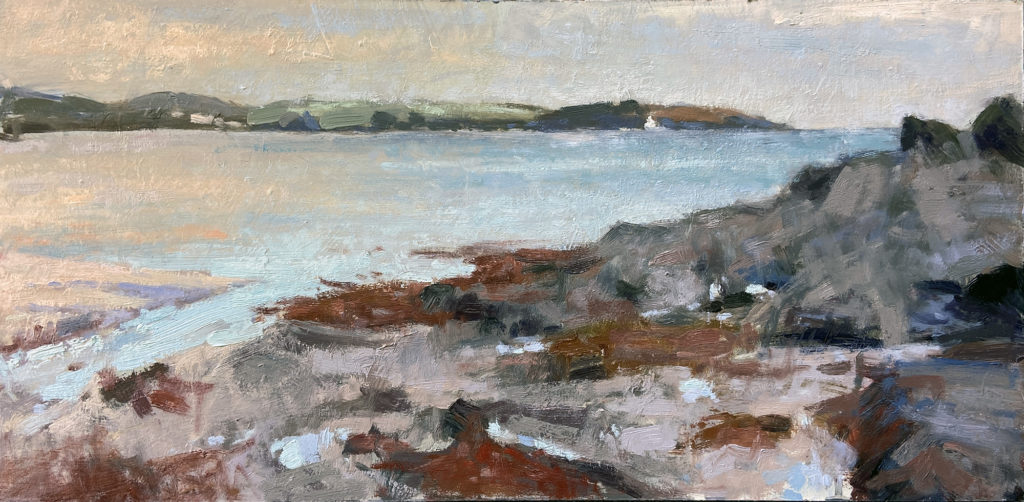
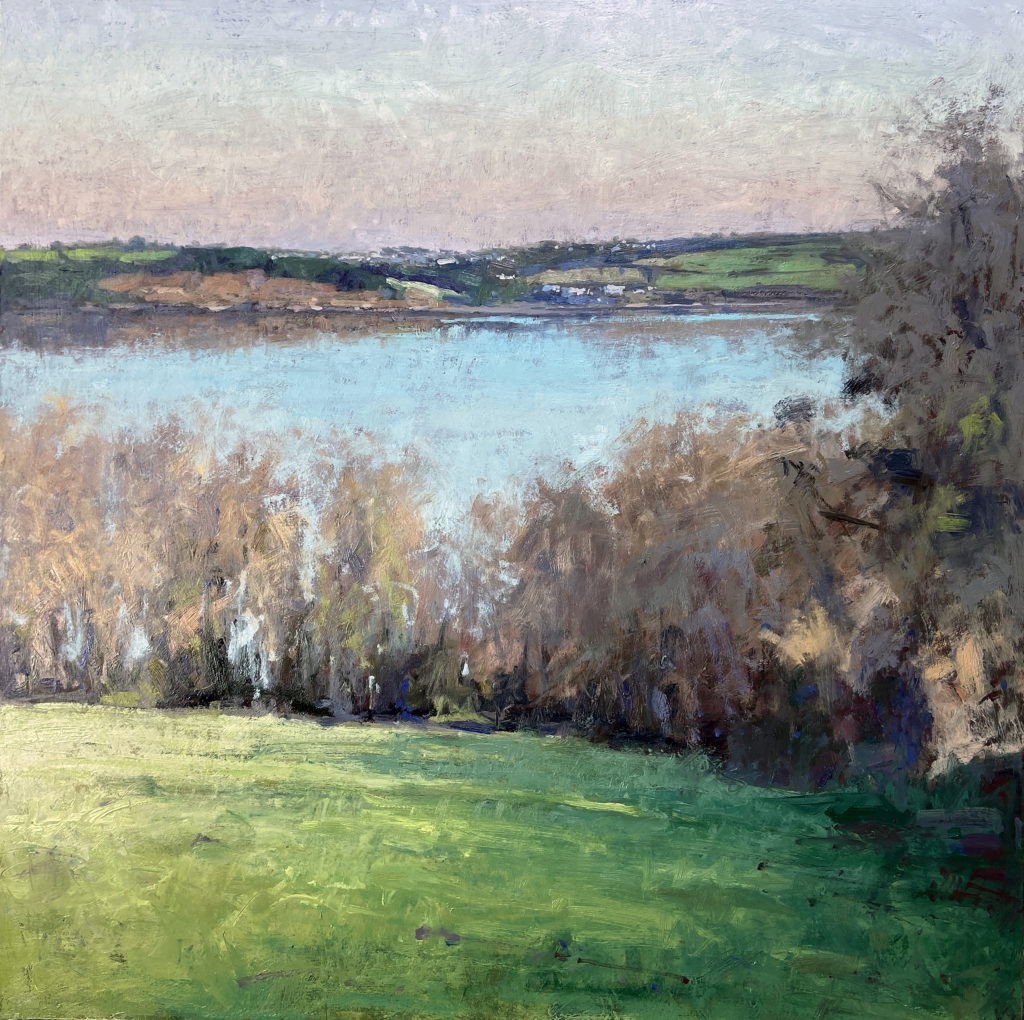
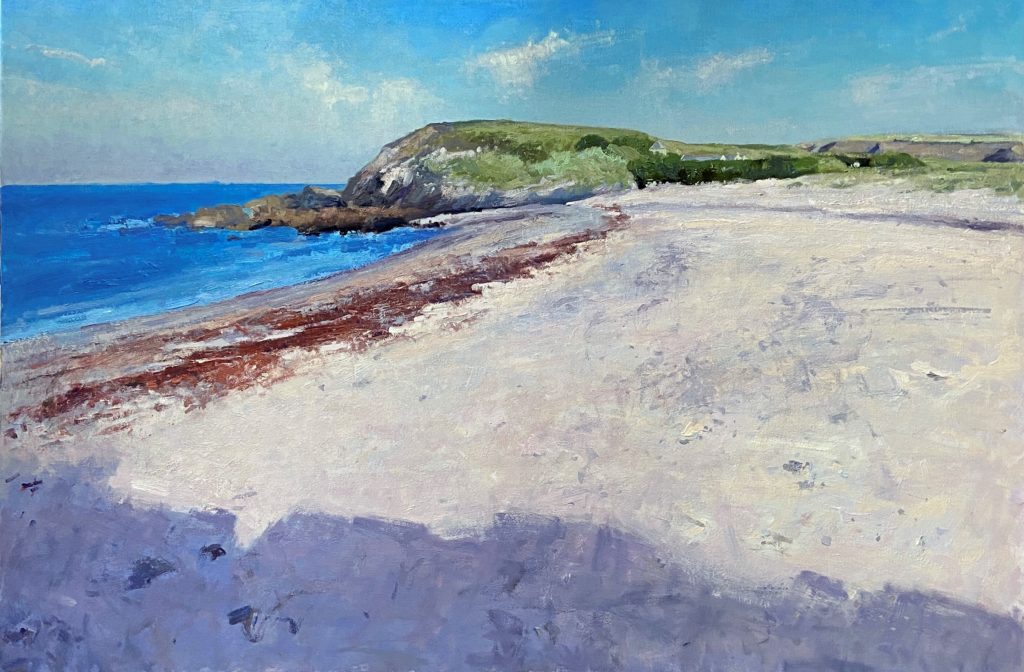
What will I learn?
- Learn to set up your workspace outdoors.
- Build confidence working in the landscape.
- See how to capture light and atmosphere in oils..
- Work in a more intuitive, dynamic way to capture a sense of place, wherever you are.
- Learn about Impressionist painters such as Manet and Corot.
Day to day plan
This is a rough indication of what to expect over the course. However sometimes the structure of the days may alter depending on the nature of the group and the weather.
Day 1
Start with an introduction to Andrew and other ‘plein air’ painters’ work. Go through the equipment you’ll need and have a run through setting up the easels before you head outside. Look at how to layout a palette and which surfaces to paint on. In the afternoon, paint outdoors. Andrew will demonstrate on location at different stages.
Day 2
Review your work from the day before and address any issues confronted. Learn more colour mixing exercises using a limited palette and being a plein air painting from a different angle in the afternoon.
Day 3
Review the previous day’s work. More colour mixing exercises this time using the full palette of colours. Begin a full colour plein air painting looking over Porthmeor Beach. At the end, discuss your paintings with Andrew and your peers, ask any questions and have a mini exhibition of your work in the studio.
Taught by
What to Bring
Our studios are fully equipped and we provide you with all the materials you need for your course. However, if you have a favourite set of brushes or any specialist materials that you would prefer to use, please bring them with you.
Timings and Breaks
The first day starts at 10am and finishes at 4.30pm, please aim to arrive ten to fifteen minutes before the start time.
All course days after that start at 9.30am and end at 4pm. There are plenty of nearby places to eat and we will serve tea and coffee at break times during the day.
What our students say
The course was managed very well for mixed abilities. The tutor was extremely patient and created a relaxed and informal environment, putting everyone at their ease. The whole group were lovely and it was both a creative and positive experience in which I re-kindled my love of painting after a few years’ gap. Thoroughly enjoyable!
Andrew was able to cater for everyone and was most encouraging. He was able to see peoples strengths and also where they needed support, a sensitive tutor.
FAQs
Studio Courses
How can I get help in choosing a course?
Our friendly expert staff are always happy to discuss your needs and our courses in more detail to help you with your decision. Please call us on 01736 797180
How do I get my work home?
Tutors have special techniques for transporting oil paintings and the school has plastic folders available in our shop for £3.50 or do bring a portfolio.
For international students we are happy to arrange transportation of your work back home.
What do I need to bring?
Absolutely nothing! All materials and aprons are provided although some people do like to bring their own set of brushes.
What do I do for lunch?
Courses allow an hour’s break for lunch and there are numerous places nearby or you are welcome to bring a packed lunch into the studio.
What times do courses run?
Most of our courses start at 10am and end at 4.30pm on the first day. Subsequent days we start at 9.30am ending at 4pm.
Weekend Courses run 10am – 4pm on the first day but the final day starts at 9.30 and ends at 3.30 with a short lunch break to enable people to get home that evening.
Do you have to be experienced to come to the School?
The School is a very friendly and welcoming place for all ages and experience. Our drop-in life classes and August half-day workshops are ideal for those wanting to have a go for the first time. Most of our longer courses are also fine for novices.
If any of the courses do need a bit of experience we flag this up in the brochure and on the website.
Booking a Course
How can I reserve a place?
We will hold a provisional reservation for 24 hours if you give us a call whilst you find accommodation. Otherwise please book online or by telephone 01736 797180.
You can reserve a place with a £100 deposit; balance is due 12 weeks before course start date.
About St Ives
Where do I park?
The nearest long stay public car parks are the Island and Barnoon Long Stay Car Park, both a 5 minute walk away. In the peak summer months it may be easier to park at Trenwith Car Park by the leisure centre and walk down into town. If you don’t fancy the walk up the hill at the end of the day there is a shuttle bus which runs from outside the cinema.
How do I get there?
Public Transport: If you are coming from further afield the main train line runs into St Erth which is a 15 min taxi ride away or you can take the St Ives Bay Line which runs approx. every 30 minutes. The School is a 10 minute walk from St Ives station.
Driving: M5 will take you to Exeter where we recommend that you take the A30 across Bodmin Moor and into Cornwall. After passing Hayle, leave the A30 at St Erth roundabout for St Ives. Turn right at the second roundabout. This road will take you through Lelant and Carbis Bay into St Ives.
Where can I stay?
St Ives has a huge selection of hotels, guest houses and self catering accommodation to choose from. Please browse the art holidays St Ives section on our website and give us a call if you would like any help.
